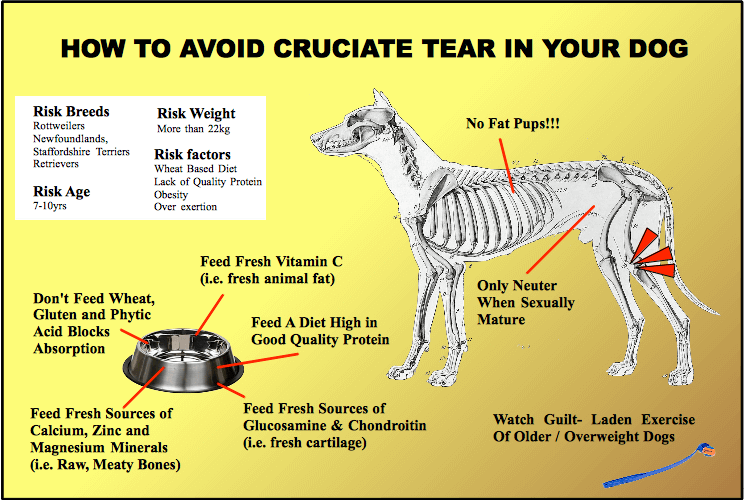
This procedure was developed to provide a minimally invasive method for extracapsular stabilization of the knee. We also advise you to discuss your postoperative expectations with the surgeon.Ĭurious about the technical details of each procedure? TightRope Each procedure has relative merits and risks based on a patient’s age, activity level, weight, and comfort level. We advise you to consult your veterinarian to determine which option is best for your pet. OA will eventually occur in all knees that have sustained a CCL injury, but we see a dramatic decrease in OA for surgically stabilized knees.

One goal of cleaning up and stabilizing the joint is to slow down the progression of osteoarthritis (OA). We have a choice of procedures including lateral suture, tibial tuberosity advancement (TTA), and, tibial-plateau-leveling osteotomy (TPLO). This is what we call “cleaning up the joint.” The next step is to stabilize the joint. Surgical debridement of the ligament and inspection of the meniscus are the first steps in repair. How do we treat a torn CCL?ĬCL surgery is by far the most common orthopedic procedure we perform for our canine patients. But in veterinary medicine, owners often choose to forgo MRI because of cost and instead to spend money on treatment. In human medicine, MRI scans are commonly used to diagnose a torn ACL. But if a patient is especially anxious or tense, the veterinarian will be unable to palpate the knee thoroughly and will take x-rays to get a clearer picture of the knee. How do we diagnose a torn CCL?Ī thorough physical exam and palpation of the knee is often enough to diagnose this condition.

It’s important not to put off a visit to the doctor for too long, because the severity of a tear can worsen when the patient places more weight on the affected leg for longer. This damages the meniscus and causes severe pain, which is why dogs are reluctant to bear weight on the affected limb. Instability results in excessive forward motion of the tibia, which allows the femur to place weight at the wrong point along the meniscus. When a tear or rupture in the CCL occurs, the knee becomes very unstable. The CCL is your dog’s version of your Anterior Cruciate Ligament (ACL), and like the ACL it stabilizes the knee joint. One common cause of limping is a tear in the Cranial Cruciate Ligament (CCL). If you have been unable to identify an external cause such as a broken toenail or a foreign body lodged in the paw, and if your dog’s limp hasn’t improved for 48 hours, you should consult your veterinarian. Note: One important difference is that you should avoid giving your dog over-the-counter nonsteroidal anti-inflammatory drugs (NSAIDs) in any dosage, because NSAIDs were developed for human use and are associated with increased risks in dogs. Just as with our own bodies, sprains will heal with rest, wounds will heal after the removal of a thorn or shard of glass, and broken bones will require the expert treatment of a doctor. The treatment of these conditions will depend, of course, on severity. The causes of limping are numerous and include sprained ligaments, broken toenails, foreign bodies such as thorns or glass shards, hip dysplasia, luxating patella, and broken bones. But we’re here to offer some guidance on what might be going on and when you should schedule an appointment with your veterinarian.


Has your dog been limping on his or her hind leg for more than a couple of days? It’s always worrisome when our companion animals are in pain or distress, especially since they can’t tell us exactly what’s wrong.


 0 kommentar(er)
0 kommentar(er)
